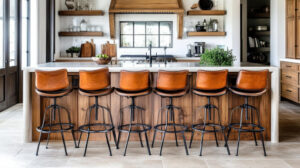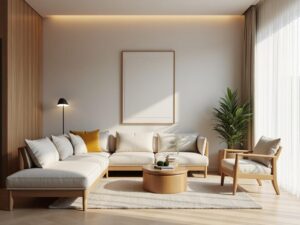Moving into a home with challenging architecture can feel confusing at first. You might notice odd corners, unusual room shapes, or tight spaces that don’t seem to fit your furniture. These quirks can make settling in harder than expected. However, with the right approach, you can turn these awkward areas into unique and useful parts of your new home. This guide will help you feel confident and ready to make the most of every space.
Understanding What Makes Space Awkward
Awkward spaces show up in many ways. Sometimes, you find rooms with odd angles or sloping ceilings. Other times, narrow hallways or small corners make it hard to move or fit furniture. Older homes often have layouts that don’t match today’s needs. For example, small kitchens or oddly placed doors can feel frustrating. Renovations might also create unusual spaces that don’t flow well with the rest of the house.
These spaces can make daily tasks more difficult. You might struggle to find a place for your couch or wonder how to use a tiny nook. At times, the odd shape might even limit light or airflow. Understanding what makes these areas awkward helps you plan better. Once you know the problem, you can look for ways to improve how you use each space.
Assess Your Space Before You Move Into a Home with Challenging Architecture
Before unpacking, take time to explore your home with challenging architecture carefully. Walk through every room, paying close attention to tight spots, low ceilings, or odd corners. Measure these areas to know exactly how much space you have to work with. Use a tape measure or smartphone app to get accurate numbers.
Taking photos or making simple sketches can help you visualize the space later. If you have pets, this is also the time to consider how to create a pet-friendly environment. Make sure there’s enough room for your pets to move safely without obstacles or cramped areas. The more you understand your new home before moving in, the easier it will be to avoid frustration.
Use Creative Furniture Choices
Choosing the right furniture can make a big difference in awkward spaces. Look for pieces that fit unusual shapes, like modular sofas or chairs that can move around easily. Foldable or stackable furniture also works well when space is tight. These options help you change the room layout without feeling stuck.
Multi-purpose furniture is another smart choice. Think of beds with built-in storage or tables that can extend when needed. This way, you get more function without crowding your rooms. Avoid bulky items that block pathways or make small rooms feel cramped.
Remember, less is more. Keep furniture arrangements simple to make moving around easier. Leaving some open space improves flow and helps your home feel comfortable, even in the most awkward corners.
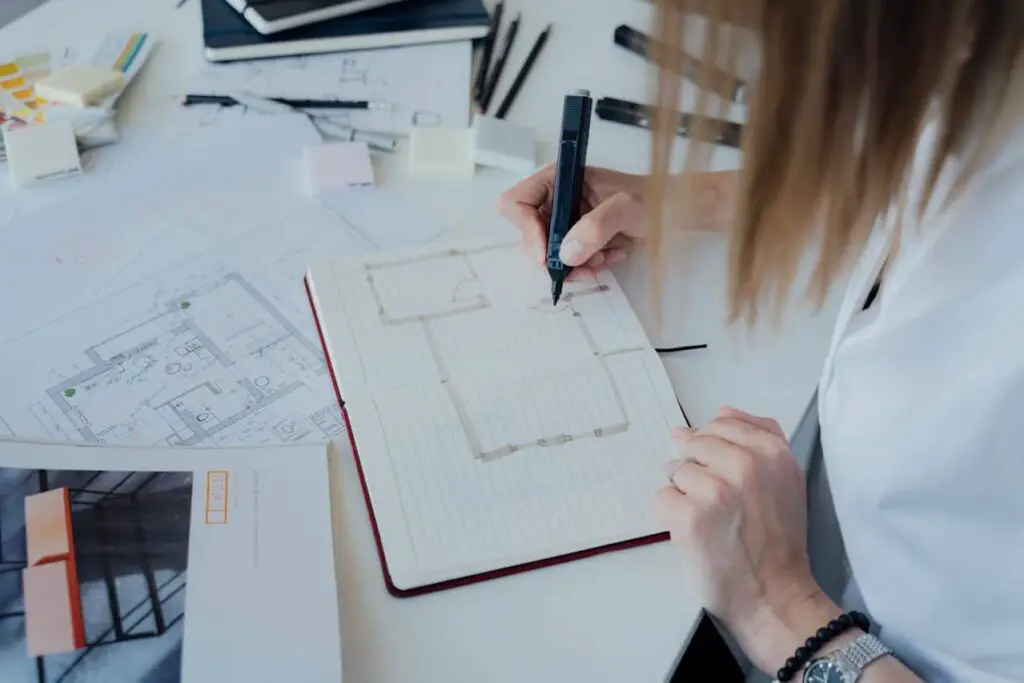
Maximize Storage in Unexpected Places
Awkward spaces often hide great storage opportunities you might overlook. Look up and use vertical walls for shelves or hooks to hold books, plants, or kitchen tools. Corners and areas under stairs can become handy spots for baskets or small cabinets. These spots keep clutter off the floor and free up your living space, making rooms feel larger and more open.
Think beyond the usual storage options. Use the space above doorways or inside unused cupboards for extra bins or boxes. Clear containers are especially helpful—they let you find what you need quickly without digging through piles. Small storage solutions like these help keep your home organized and make even the trickiest spaces practical.
Light and Color Can Transform Spaces
Light and color play a big role in how your space feels. Bright colors like whites, pastels, or soft neutrals can make rooms look bigger and more open. Dark colors, on the other hand, may make tight spaces feel smaller or heavier.
Mirrors are great tools to bounce light around and create a sense of depth. Position them across from windows or light sources to illuminate dark corners. Also, choose lighting that suits each area. Layered lighting, such as ceiling lights combined with lamps, helps avoid shadows and highlights your space’s best features. These simple changes can make awkward rooms feel fresh and welcoming.
Define Zones to Make Spaces Work
Large or oddly shaped rooms can feel overwhelming and hard to arrange. Breaking these spaces into smaller zones helps you organize your home better. You can use rugs to mark different areas or arrange furniture to create natural boundaries. Room dividers or even tall plants can also separate spaces without making the room feel closed off.
For example, you might create a cozy reading corner with a comfy chair and lamp in one part of the room. In another spot, set up a small desk or table for work or hobbies. By giving each section a clear purpose, you make the whole space easier to use. Defining zones also helps avoid clutter and makes the room feel balanced.
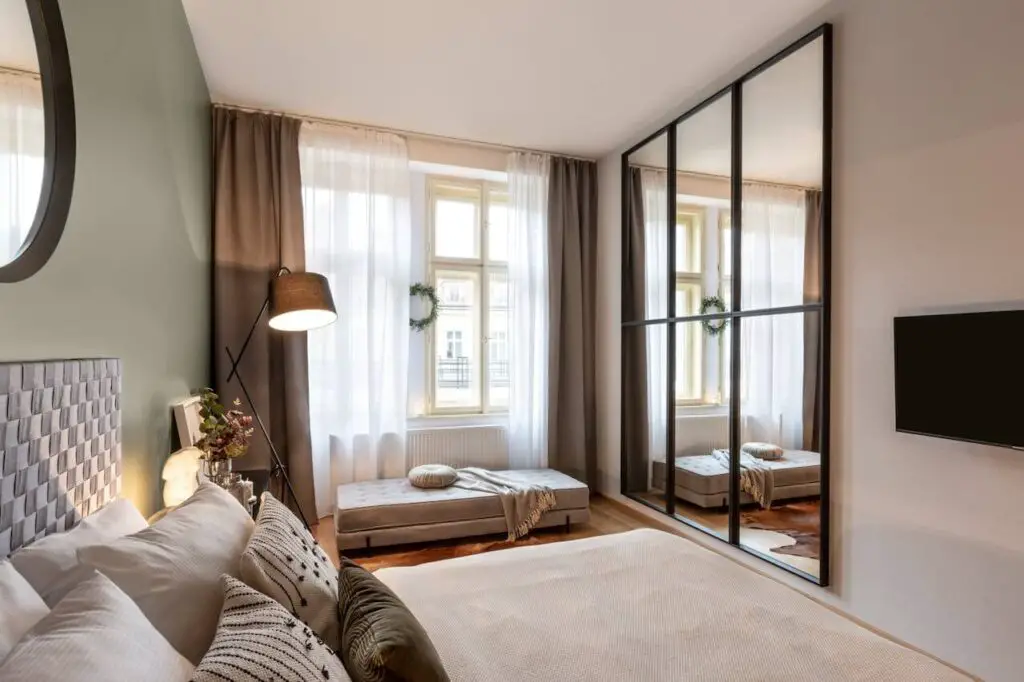
When to Get Professional Help
Sometimes, awkward spaces need more than just clever tricks to work well. If you find that the furniture won’t fit properly or certain areas feel unsafe to move through, it might be time to call a professional. Interior designers can suggest smart layouts tailored to your space, while contractors can handle bigger issues like low ceilings, uneven floors, or oddly shaped walls that limit usability.
Even small changes can make a big difference. Moving a door, adding built-in storage, or adjusting lighting can improve the flow and function of your home significantly. Getting expert advice early on can save you time, money, and frustration in the long run. Remember, not every problem needs major renovation, but knowing when to ask for help makes adapting your home easier.
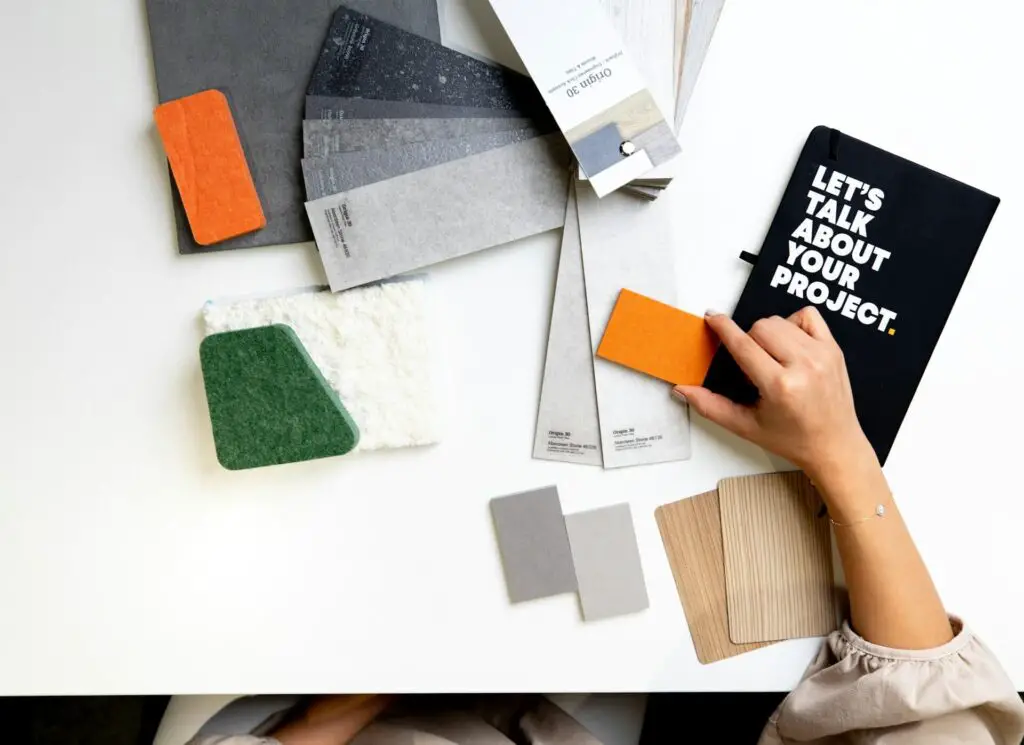
Making Awkward Spaces Your Own
A home with challenging architecture may feel tricky at first. Odd shapes and tight spots can be frustrating. Yet these features give your home a unique character and room for creativity. Changing how you see these spaces helps you find new ways to make them work for you.
With simple choices and some patience, those awkward areas can become your favorite places. By embracing your home’s quirks, you create a space that fits your lifestyle and feels truly yours.




